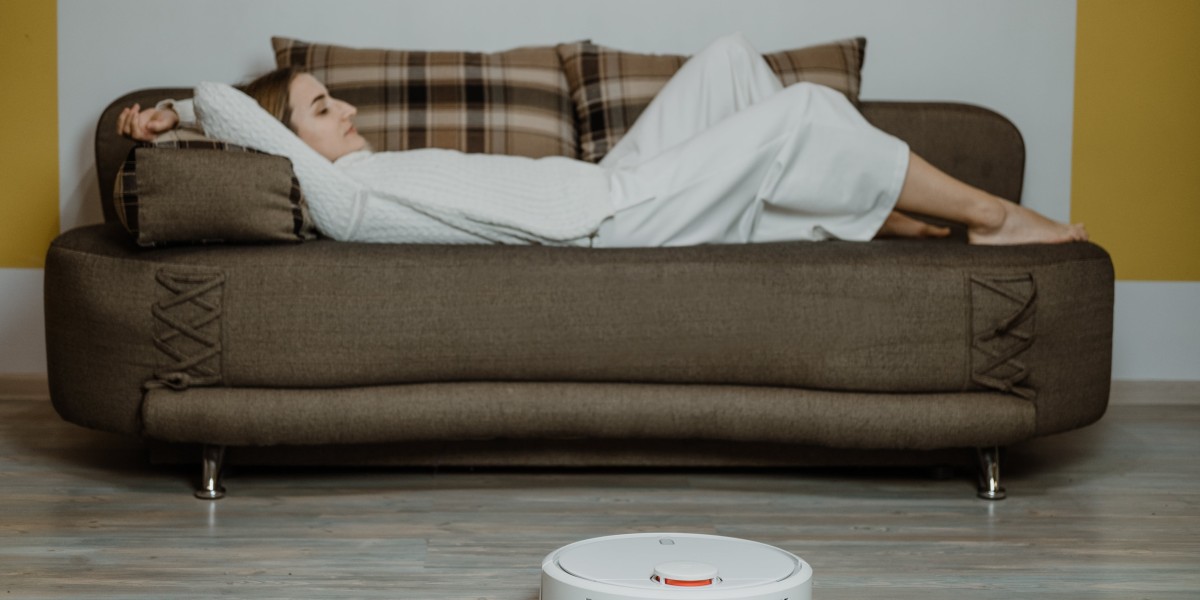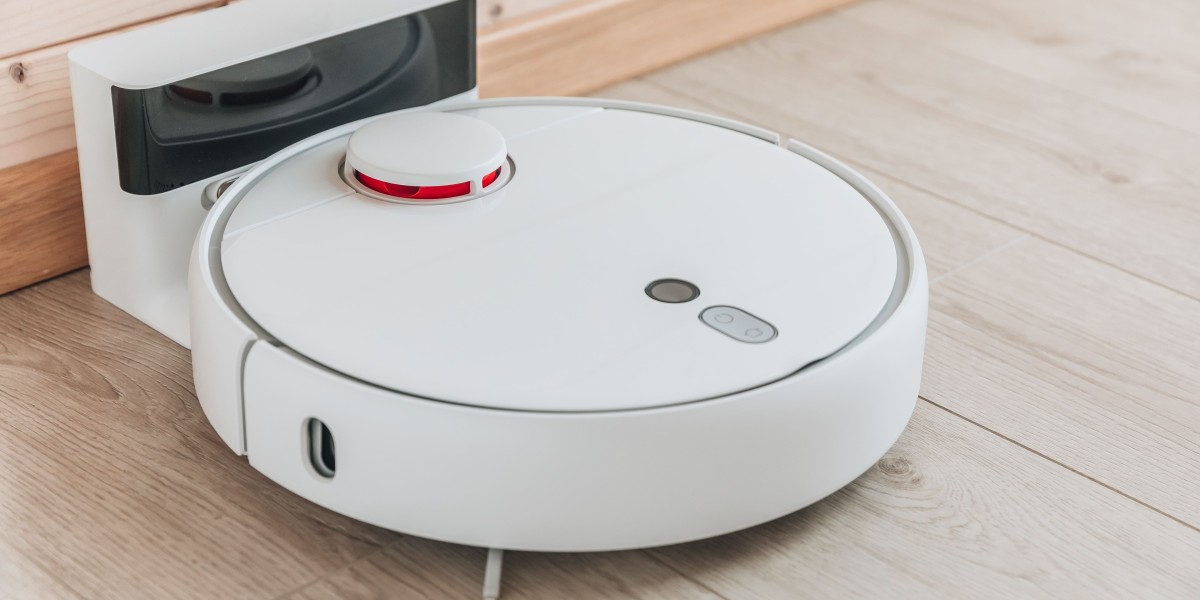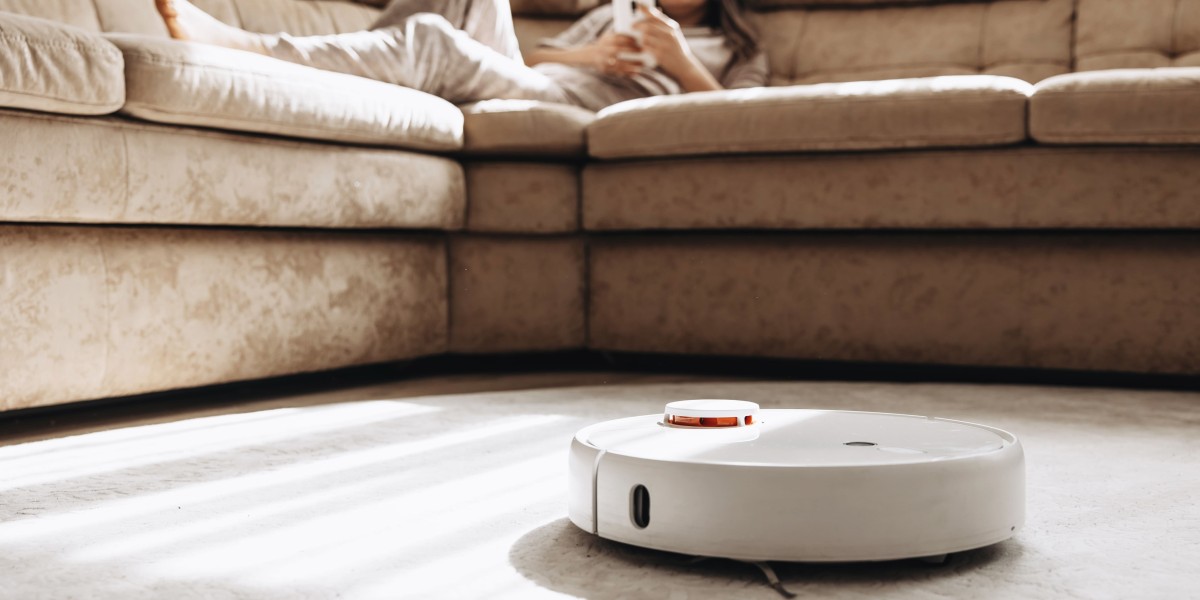A Rotating hospital bed is a highly specialized medical bed designed to assist in the care, mobility, and recovery of patients with limited movement. These beds feature a rotating platform that allows the mattress and the patient to be turned laterally or even repositioned into a seated posture. The rotating function—often combined with tilting, height adjustment, and other smart mechanisms—makes it an essential tool in modern healthcare settings for both patient welfare and caregiver convenience.
1. Overview and Functionality
Rotating hospital beds are built with advanced mechanical systems that enable the entire bed surface to rotate around a central axis. This rotation can range from simple lateral tilting to a full 90-degree turn, which positions the patient to exit the bed more easily. Most of these beds are controlled via remote control or a touchscreen panel and can include preset programs for common positions, such as supine, seated, or lateral tilt.
Key Features May Include:
360-degree rotation or partial rotation (up to 90 degrees left or right)
Height and tilt adjustability for patient transfer or therapy
Programmable memory settings for frequently used positions
Lateral tilt or turn assist for pressure ulcer prevention
Built-in safety rails, sensors, and alarms
Manual override in case of power failure
2. Clinical Benefits
2.1 Pressure Ulcer Prevention
One of the primary uses of rotating hospital beds is the prevention of pressure ulcers (bedsores). Continuous immobility increases the risk of tissue damage, especially over bony areas. Regular rotation alleviates pressure points and promotes healthy blood circulation.
2.2 Respiratory Health
For patients with compromised lung function—such as those with pneumonia, COPD, or those on ventilators—rotating beds help in postural drainage. Changing positions can enhance lung expansion and secretion clearance, reducing the risk of pneumonia.
2.3 Improved Circulation and Mobility
Rotating beds facilitate early mobilization of patients after surgery or trauma. By gradually bringing patients to a sitting or standing position, these beds reduce the risk of deep vein thrombosis (DVT) and muscle atrophy.
2.4 Reduced Caregiver Burden
Manually turning or repositioning patients is a common cause of musculoskeletal injuries among caregivers. A rotating bed significantly reduces physical strain, improving workplace safety and allowing caregivers to focus more on medical care.
3. Ideal Use Cases
3.1 Long-Term Care Facilities
Patients with chronic illnesses, advanced age, or degenerative diseases such as ALS, multiple sclerosis, or advanced arthritis benefit greatly from rotating beds in nursing homes or hospice care.
3.2 Post-Surgical Recovery
Patients recovering from spine surgery, hip replacements, or abdominal surgery need precise and gradual movement. A rotating bed can assist in safely transitioning them from lying down to sitting or standing.
3.3 Intensive Care Units (ICU)
Critically ill patients who are immobile or unconscious for extended periods are at high risk of complications from immobility. ICU-grade rotating beds often include automatic rotation schedules and integration with other medical devices.
3.4 Home Healthcare
Advanced rotating beds are now available for home use, helping families care for loved ones with minimal professional intervention while maintaining high standards of hygiene and mobility.
4. Technology and Smart Features
Modern rotating hospital beds come equipped with smart technologies that enhance patient experience and clinical utility:
Weight sensors to detect patient presence or movement
Remote connectivity for telemonitoring by medical staff
Battery backup for uninterrupted use during power outages
Integrated call systems to alert nurses or caregivers
Pressure redistribution mattresses to further protect skin integrity
5. Considerations When Choosing a Rotating Hospital Bed
Before investing in a rotating hospital bed, both institutions and families should consider:
Patient’s physical and medical condition (e.g., weight, mobility level)
Space availability in the room
Power supply and battery backup needs
Ease of cleaning and infection control
Warranty and maintenance services
Cost and insurance coverage (some may be covered under durable medical equipment benefits)
6. Limitations and Challenges
While rotating hospital beds offer many advantages, there are limitations:
High initial cost compared to standard beds
Complex maintenance and repairs
Patient adaptation may take time, especially among the elderly
Limited portability, especially in non-institutional environments
However, as the technology advances and becomes more widespread, these issues are gradually being mitigated through better design and affordability.
7. Conclusion
Rotating hospital beds represent a significant advancement in patient-centered care, blending technology with therapeutic benefits. They offer enhanced safety, comfort, and functionality for patients, while reducing the physical strain and injury risk for caregivers. Whether in hospitals, care facilities, or private homes, these beds are redefining standards in long-term and critical care environments.







